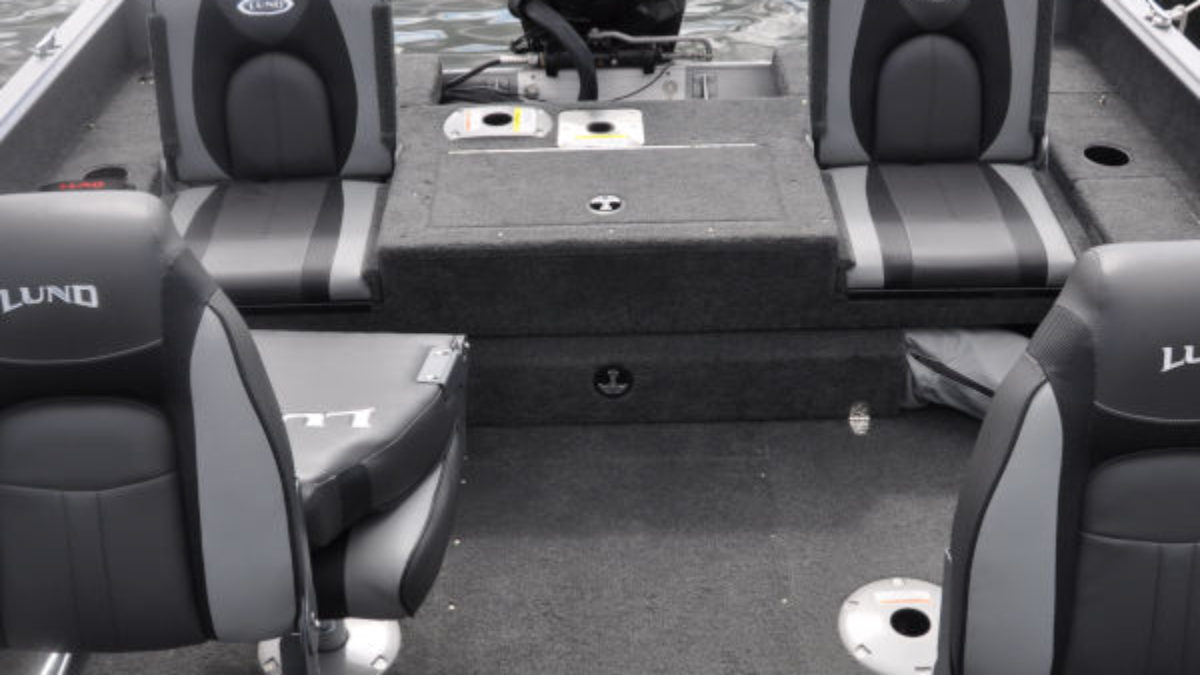In applications where moisture and water exposure are common, whether it’s for packaging, marine applications, or gasketing, selecting a foam that can resist hydrolysis and maintain its structural integrity is one of the most important ways to ensure product performance and longevity. How does water impact foam in many applications, and what are the best types of foam that resist water exposure and hydrolysis?
How Hydrolysis Breaks Down Foam Materials
Hydrolysis is a chemical process that occurs when water reacts with certain materials, leading to their degradation. In foams, particularly polyurethane and polyester-based foams, hydrolysis causes the material to break down, lose its mechanical properties, and eventually disintegrate.
When water molecules infiltrate the foam, they break the chemical bonds within the material, leading to a loss of structural integrity. This is particularly problematic in environments with high humidity, where the presence of both water and heat accelerates the hydrolysis process.
Hydrolysis can cause foam to become brittle, lose its cushioning properties, and even develop a sticky or crumbling texture. For applications where foam is consistently exposed to water or moisture, selecting materials with resistance to hydrolysis is crucial to maintaining durability and performance.
Which Applications Need Water-Resistant Foam?
Various industries require foam that can withstand exposure to water and moisture without losing its functionality. Here are some common applications where water-resistant foam is essential:
- Marine and Boating Applications: foam used in marine environments needs to resist constant exposure to saltwater, fresh water, and humidity. Water-resistant foams are used in flotation devices, boat cushions, and fenders.
- HVAC and Sealing Gaskets: in HVAC systems, gaskets and seals made from foam are often exposed to condensation and moisture. These applications require foam that resists water absorption and degradation.
- Medical Devices and Healthcare: certain medical applications, such as wound dressings and cushions, require foam that can handle moisture while maintaining hygiene and structural integrity.
- Outdoor Cushioning and Insulation: outdoor cushions, equipment padding, and insulation often face rain and humidity. In these cases, water-resistant foam ensures longevity and comfort.
- Packaging and Protective Cases: for sensitive equipment and products that might be exposed to rain or moisture during transit, water-resistant foam is used in custom cases and packaging solutions to prevent damage.
The Best Types of Water-Resistant Foam That Resist Hydrolysis
Not all foams are suitable for water exposure, especially when hydrolysis is a concern. Some of the best types of water-resistant foam that offer superior performance in wet environments include:
Closed-Cell Polyethylene (PE) Foam
Closed-cell polyethylene foam is highly resistant to water absorption due to its structure, where cells are tightly packed and sealed off from each other. This type of foam doesn’t allow water to penetrate, making it ideal for marine applications and outdoor uses. Polyethylene foam resists hydrolysis effectively, making it a long-lasting option for applications involving consistent water exposure. It’s often used in boat cushions, flotation devices, outdoor padding, and protective packaging. This foam comes in different forms; namely extruded plank, laminated plank and expanded beaded plank.
Cross-Linked Polyethylene (XLPE) Foam
Cross-linked polyethylene foam is a closed-cell foam known for its excellent water resistance and buoyancy. Its cross-linked molecular structure enhances durability and resistance to hydrolysis, even under extreme conditions. Its cross-linked structure gives XLPE foam outstanding resistance to chemical breakdown from moisture. It’s often used in marine flotation devices, pool toys, sealing gaskets, and insulation.
Ethylene Propylene Diene Monomer (EPDM) Foam
EPDM foam is a synthetic rubber known for its excellent resistance to water, UV light, and ozone. It is commonly used in applications where long-term exposure to water is expected, and it holds up well under varying temperatures. EPDM foam is highly resistant to water and is not prone to breaking down in humid or wet environments, which is why it’s often used in seals and gaskets for HVAC systems, outdoor equipment padding, and automotive weatherstripping.
Neoprene Foam
Neoprene foam is a versatile material that offers both water resistance and flexibility. It is widely used in environments where foam is consistently exposed to water, such as in marine settings and outdoor applications. Neoprene has excellent resistance to water and maintains its properties in damp conditions, making it ideal for sealing and insulating applications. It’s often used in marine gaskets, insulation, and protective padding.
Silicone Foam
Silicone foam is another high-performance material that excels in resisting moisture and extreme temperatures. It is often used in applications where both hydrolysis resistance and high-temperature tolerance are required. Silicone foam has a low water absorption rate and resists degradation when exposed to moisture, making it suitable for demanding environments. This foam is widely used in medical cushioning, seals and gaskets in high-humidity environments, and thermal insulation.
Need Help Choosing a Water-Resistant Foam for Your Application? Get in Touch with Amcon Today.


